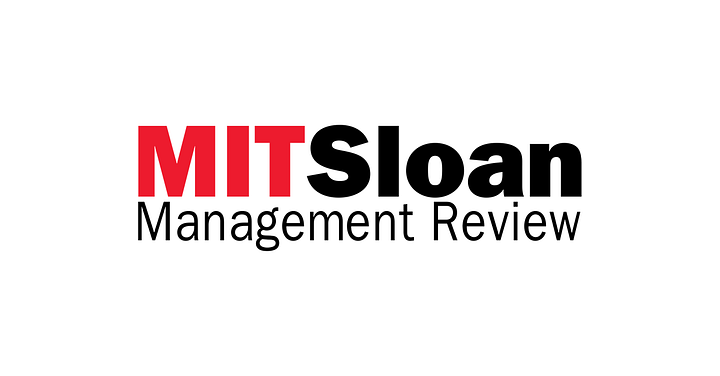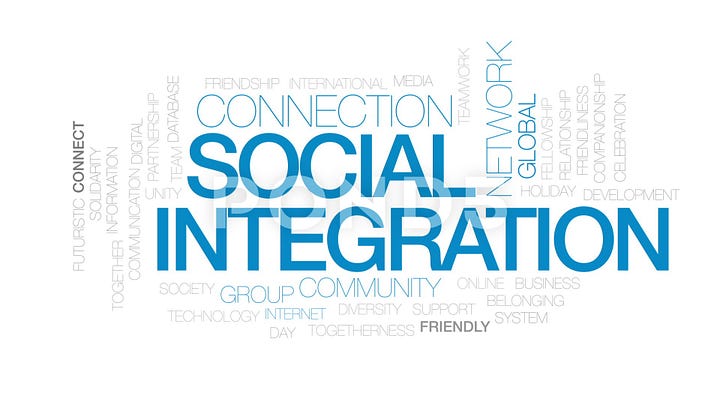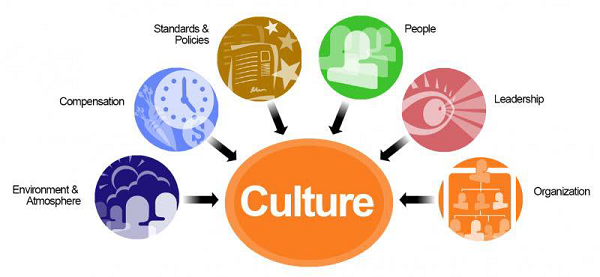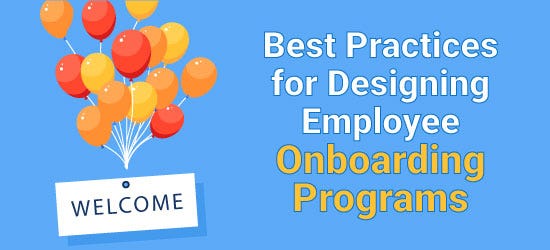After effective recruitment and selection, one of the most important ways that organizations can improve the effectiveness of their talent management systems is through the strategic use of onboarding. In this post, we’ll have a look at “onboarding” at a very high level and all the points that ensures maximum success while onboarding new recruits.
Table of Contents
- Why Onboarding?
- A Range of Approaches
- The four Cs
- Short-Term Outcomes of Onboarding: New Employee Adjustment
4.1 Self- Efficacy
4.2 Role Clarity
4.3 Social Integration
4.4 Knowledge of and fit within an organizational culture - Long-Term Outcomes of Onboarding: Attitudes and Behaviors
- Onboarding and HRM
6.1 Recruiting
6.2 Orientation
6.3 Support tools and processes - Executive Onboarding
- Best Practices for Onboarding
- Conclusion
1.1. Why Onboarding?
Onboarding is the process of helping new hires adjust to social and performance aspects of their new jobs quickly and smoothly. This should always be a priority for HR departments. Reason being:
In the United States, every year more than 25 percent of the working population experiences career transitions.
— MIT Sloan Management Review
Unfortunately, amid all these transitions:
- Half of all senior outside hires fail within 18 months in a new position.
- Half of all hourly workers leave new jobs within the first 120 days.
This article will explain why onboarding is so important, where it fits into the larger HR context, how HR managers can proactively manage onboarding and, finally, how new employees can help facilitate their onboarding process.
2. A Range of Approaches
Every organization has its version of the complex process through which new hires learn attitudes, knowledge, skills, and behaviors required to function effectively. Academic researchers who study onboarding also use the term organizational socialization.

No matter what the terminology, the bottom line is that the faster new hires feel welcome and prepared for their jobs, the faster they will be able to successfully contribute to the firm’s mission.
The formality and comprehensiveness of onboarding programs vary widely across organizations, and those considered “best in class” for onboarding have more formal onboarding programs.
Example
Starting with a first-day welcome, global beauty company L’Oreal says:
“Our aim is to develop successful, committed and mutually beneficial relationships with each of our employees.”
The company supports onboarding with a two-year, six-part integration program called “L’Oreal Fit.” The program includes:
- Training and roundtable discussions.
- Meetings with key insiders.
- On-the-job learning supported by line management.
- Individual mentoring and HR support.
- Field and product experiences such as site visits and shadowing programs.
Approaches to onboarding range from quite structured and systematic — as in the case of L’Oreal — to the “sink or swim” strategy, in which new employees often struggle to figure out precisely what is expected and to understand the norms of their new workplace.
3. The Four C’s
Onboarding has four distinct levels, the Four C’s:

- Compliance: The lowest level which includes teaching employees basic legal and policy-related rules and regulations.
- Clarification refers to ensuring that employees understand their new jobs and all related expectations
- Culture is a broad category that includes providing employees with a sense of organizational norms — both formal and informal.
- Connection refers to the vital interpersonal relationships and information networks that new employees must establish.
The degree to which each organization leverages these four building blocks determines its overall onboarding strategy.
4. Short-Term Outcomes of Onboarding: New Employee Adjustment
Researchers have identified four major levers — related to both job roles and social environment — that organizations can use to help new employees maximize their onboarding success.
4.1 Self- Efficacy
The first lever for successful onboarding is self-efficacy, or self-confidence, in job performance. To the degree that a new employee feels confident in doing the job well, he or she will be more motivated and eventually more successful than less confident counterparts.
Organizations should target specific onboarding programs to help boost employees’ confidence as they navigate new organizational waters. Self-efficacy has been shown to have an impact on organizational commitment, satisfaction, and turnover.
4.2 Role Clarity
A second task-related lever is role clarity — how well a new employee understands his or her role and expectations. The performance will suffer if expectations are ambiguous.
A study of employees in the United States and the United Kingdom found that businesses lose an estimated $37 billion each year as a result of employees not understanding their jobs.
Therefore, role clarity (or its flipside, role ambiguity) is a good indication of how well-adjusted a new employee is, and measuring role clarity can help organizations stop potential performance problems before they get worse, leading to poor job attitudes.
4.3 Social Integration
Social integration is the third lever for successful onboarding. Meeting and starting to work with organizational “insiders” is an important aspect of learning about any organization. Also, new employees need to feel socially comfortable and accepted by their peers and superiors.
Integration into one’s workgroup is positively related to commitment and turnover. And high-quality relationships with leaders and other team members undoubtedly are related to favorable onboarding outcomes, including performance and job satisfaction.
4.4 Knowledge of and fit within an organizational culture
This is the fourth aspect of onboarding. Every company has a unique culture, so helping new hires navigate that culture — and their place within it — is essential. Understanding an organization’s politics, goals, and values, and learning the firm’s unique language are all important indicators of employee adjustment and down the line are associated with commitment, satisfaction, and turnover.
5.Long-Term Outcomes of Onboarding: Attitudes and Behaviors
Beyond the short-term issues related to employees’ initial adjustments, many long-term outcomes of onboarding affect a firm’s bottom line. When surveyed, organizations perceive effective onboarding as improving retention rates (52 percent), time to productivity (60 percent) and overall customer satisfaction (53 percent).
For employees, long-term outcomes of good onboarding include job satisfaction and organizational commitment.
New hires should help an organization accomplish specific goals, and the degree to which they do this can be helped or hindered by onboarding. So performance is also an important long-term outcome of onboarding.
Other than the above, correct onboarding results in :
- Lower turnover
- Career effectiveness
- Lowered stress
6. On-Boarding and HRM
Until recently, academics have studied the onboarding process under the larger category of “socialization,” and onboarding has been considered a minor part of human resource management (HRM).
Today, however, both academic researchers and those responsible for onboarding within their organizations understand that the best programs are those that are based on solid research and also make sense in practice.
Successful onboarding is the result of several HRM functions working together in a coordinated fashion. Although here each function is discussed separately, the key to successful onboarding is for HRM functions to work together seamlessly to support new employees.
The process starts even before a new employee arrives: the first HRM function, and the first interaction of a new employee with the firm is recruitments.
6.1 Recruiting
The recruitment process provides information, but it also helps new employees form realistic expectations and engage in coping mechanisms. In this way, the quality of recruitment practices relates to higher organizational commitment.
After recruitment and selection comes Orientation, which is the second HRM function.
6.2 Orientation
Some 93 percent of organizations now use some type of new-employee orientation — either in person or online. Formal orientation programs help new employees understand many important aspects of their jobs and organizations, including the company’s culture and values, its goals and history, and its power structure. Orientation programs also serve a social role, helping newcomers feel welcome by introducing them to their co-workers and other individuals within the organization.
6.3 Support Tools and Processes
Both during and after the orientation, readily available support tools, such as those discussed below, are invaluable for onboarding success.

- A written onboarding plan. A formal document, or roadmap, that outlines the specific timeline, goals, responsibilities, and support available to new hires will help them succeed because it spells out what they should do and what assistance they can expect. The most effective onboarding plans are usually written, communicated to all members of the company, consistently applied and tracked over time.
- Onboarding online. Some organizations use technology to deliver initial orientation programs, but one study shows that benefits may not be quite as positive in computer-based orientations. Researchers compared employees taking part in a regular, face-to-face orientation to those in a computer-based orientation and found less understanding of the job and the company for those in the computer-based version.
Technology also can be used to follow the onboarding process, automate basic forms, track progress against development and career plans, and help stakeholders monitor new employees to see when they may need additional support.
7. Executive Onboarding
Although the best practices presented in this report certainly apply to both executives and new employees lower in the organizational hierarchy, practices must be tailored to the type of employee being onboarded.
Onboarding is more developed for higher-level employees than for hourly workers. Organizations understand that getting executives and managers up to speed quickly is important because these leadership positions are highly visible and influence the bottom line more clearly.
Unfortunately, 32 percent of global executives say the onboarding they experienced was poor. Executive onboarding differs from traditional onboarding in several ways.
- Executives have more stakeholders with whom to interact.
- They are normally brought in to help with specific strategic initiatives that may require changing the status quo rather than fitting into it.
- They often are confronted with unique and challenging situations that require unique solutions.
In a nutshell, the higher a person’s level in the organization, the more tailored and flexible the program will need to be.
8. Best Practices For On-Boarding
Below are certain practices that make onboarding successful.
✔ Implement the basics prior to the first day on the job.
✔ Make the first day on the job special.
✔ Use formal orientation programs.
✔ Develop a written onboarding plan.
✔ Make onboarding participatory.
✔ Be sure your program is consistently implemented.
✔ Ensure that the program is monitored over time.
✔ Use technology to facilitate the process
9. Conclusion
Successful onboarding is a key part of any talent management strategy. With the high cost of recruiting, business leaders must understand that effectively integrating new hires into the organization is an important step to ensure their success. Understanding who owns the onboarding process as a whole and who controls various steps in the process is vital to onboarding success and sustainability over time.
Simply writing down a formal plan will not help new employees succeed. The key is to engage important stakeholders and new employees in interactions that help them understand one another and how they interact over time. Used in conjunction with HRM best practices, effective onboarding will result in a faster learning curve for new hires, improved communication, and a more productive and engaged workforce.
References: https://www.shrm.org/foundation/ourwork/initiatives/resources-from-past-initiatives/Documents/Onboarding%20New%20Employees.pdfhttps://www.zenefits.com/blog/how-much-do-hiring-and-onboarding-cost/https://www.icims.com/resources/onboarding-whitepaper/http://theelearningcoach.com/elearning_design/best-practices-for-employee-onboarding-programs/https://www.researchgate.net/publication/285000696_Organizational_socialization_The_effective_onboarding_of_new_employees
















3 Comments
PingbackChecklist for your new employee's first day? | Digidesk Blog
PingbackHow to Calculate Employee On-boarding Cost | Digidesk Blog
PingbackMobile Based Onboarding Solution | Deliver The Best Onboarding Experience to Your New Hires | Digidesk Blog